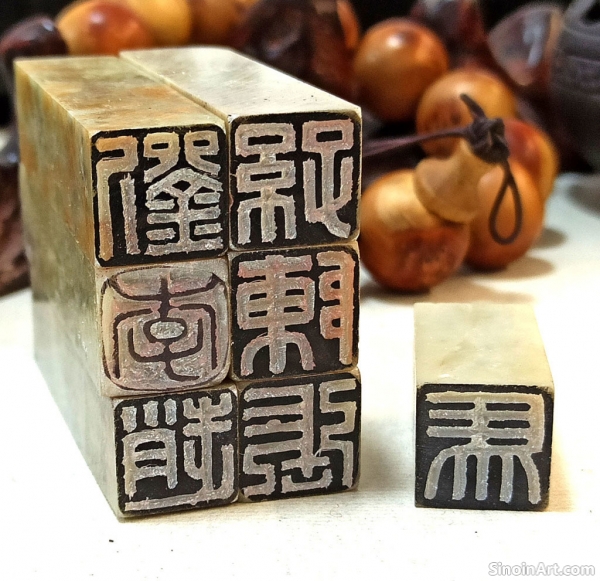The Cultural Significance of Chinese Seals: More Than a Signature
|
In Chinese culture, seals are much more than just signatures. They hold a significant place in art, history, and personal identity. The use of seals goes back thousands of years, and their meaning has evolved over time. They are used to authenticate documents, mark ownership, and imbue artwork with cultural and artistic weight. Understanding their significance offers a deeper insight into Chinese culture.  Historically, seals served as a form of identification and authorization. Imperial seals, made of jade or precious materials, were held by the emperor and his officials. These seals were used to validate official edicts and documents. They were a symbol of power and authority. Private seals also existed and served as proof of ownership or agreement. The existence of seals meant that individuals were bound to their commitments.  In the world of art, seals are an indispensable component. They appear on paintings, calligraphies, and other art forms as a way for artists to express their identity and add another layer to their work. The presence of a seal enhances the historical and aesthetic value of a piece, and it can be used to identify the artwork with the artist. Collectors also use seals to indicate that a piece is in their possession.  Beyond functionality, seals have a symbolic meaning. They can represent an individual's character, aspirations, or even their connection to the cosmos. The choice of characters and symbols on a seal often reflects the person's values and beliefs. The artistry of the seal, from the calligraphic style to the carving techniques, adds to the individual's persona. The enduring cultural significance of Chinese seals highlights their enduring appeal. They are a connection to history, an expression of artistry, and a deeply personal form of identification. The use of seals reflects the Chinese tradition of valuing lineage, craftsmanship, and the connection of the past to the present. |
Tag : cultural significance of seals, Chinese seals, seal authentication, history of Chinese seals, art seals
Related information
- Materials for Leisure Seals: From Traditional Stones to Modern Innovations
- Design Elements of Collector's Seals: Composition and Visual Language
- The Materials of Chinese Seal Carving: From Stone to Jade
- Famous Seal Carvers and Their Legacy: Masters of Zhuanke
- Seal Carving in Painting and Calligraphy: A Finishing Touch
This article explores the various materials used in crafting leisure seals, ranging from traditional stones to more unconventional materials, and how they impact the seal’s aesthetic and functional qualities.
This article discusses the design elements of collector's seals, exploring how composition, borders, patterns, and pictorial elements contribute to the seal's visual language and its overall artistic impact.
Discover the diverse materials used in Chinese seal carving, from soapstone and jade to ivory and more. Learn about their characteristics and how they impact the final artwork.
This article highlights some of the most influential seal carvers in Chinese history, discussing their distinctive styles, techniques, and the lasting impact they had on the art of zhuanke.
This article explores the use of Chinese seals as a finishing touch in painting and calligraphy, emphasizing their role in composition, authentication, contrast, and expressing symbolic meaning.